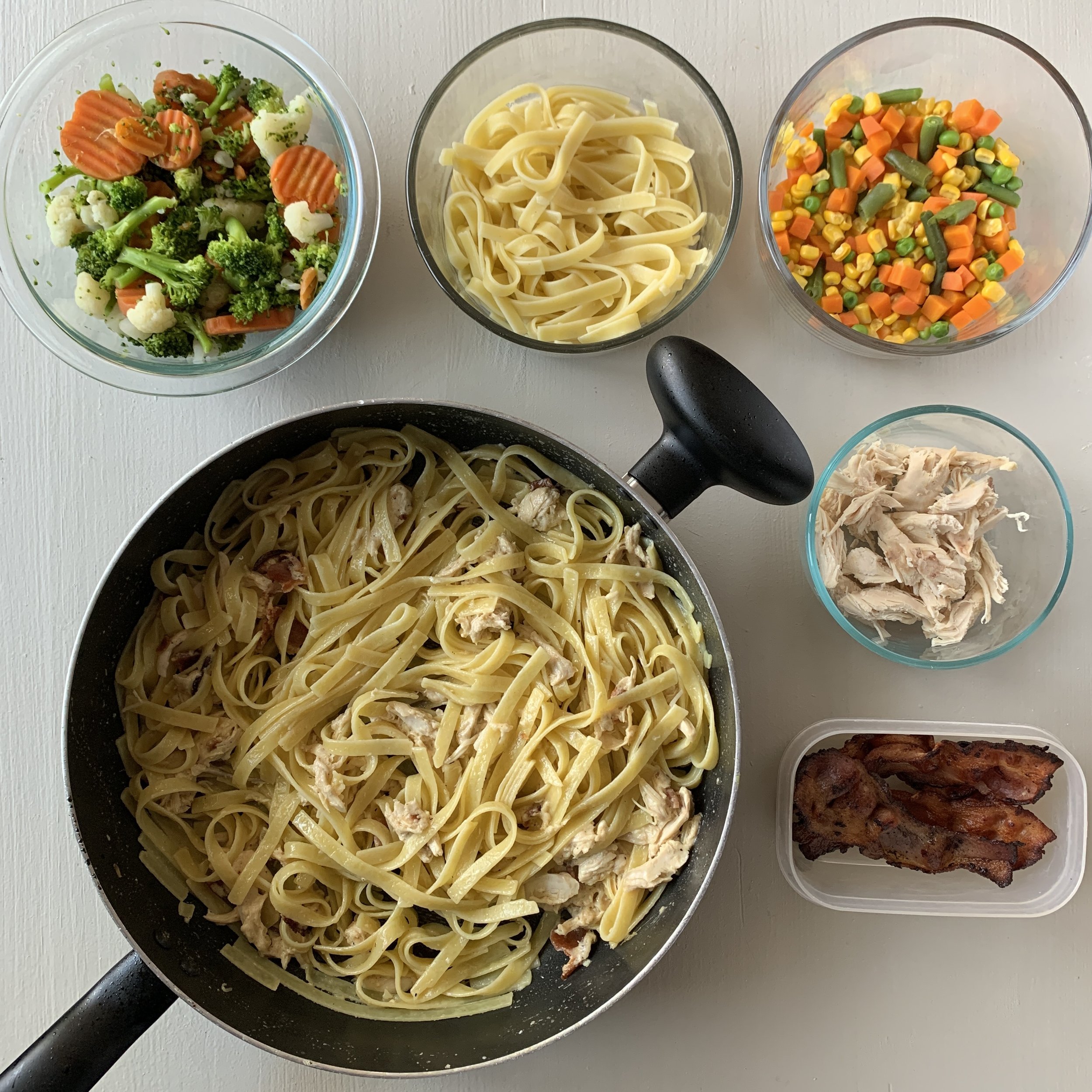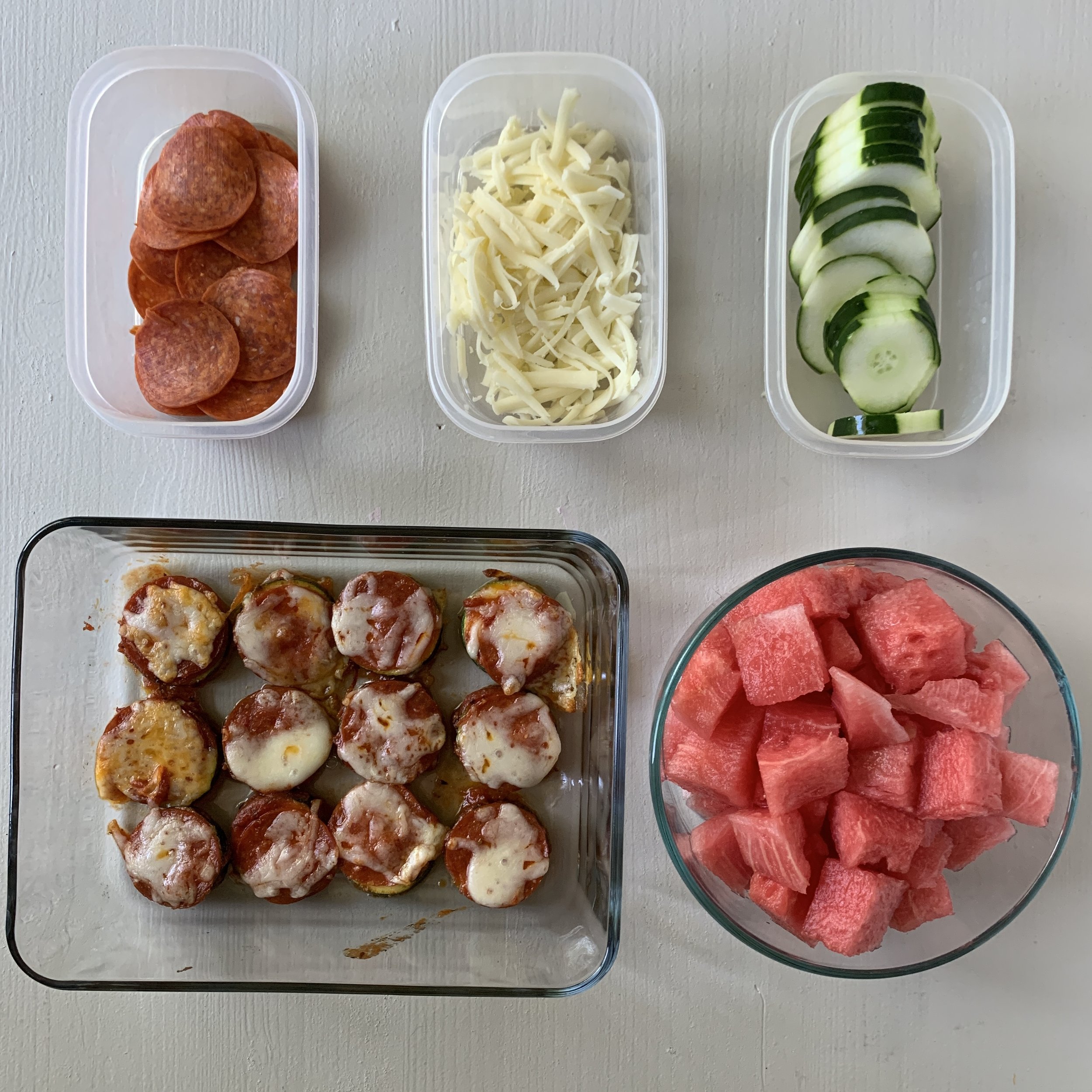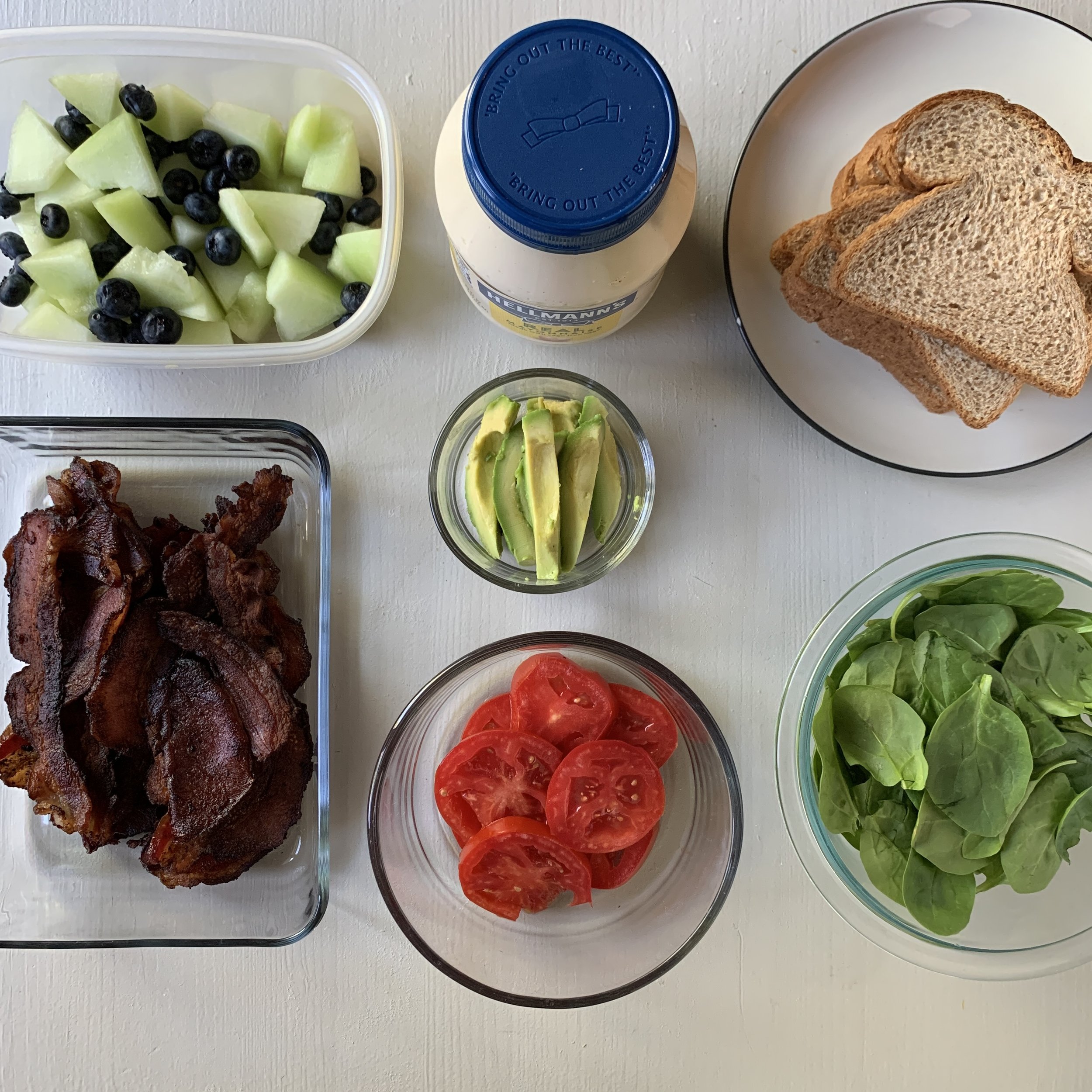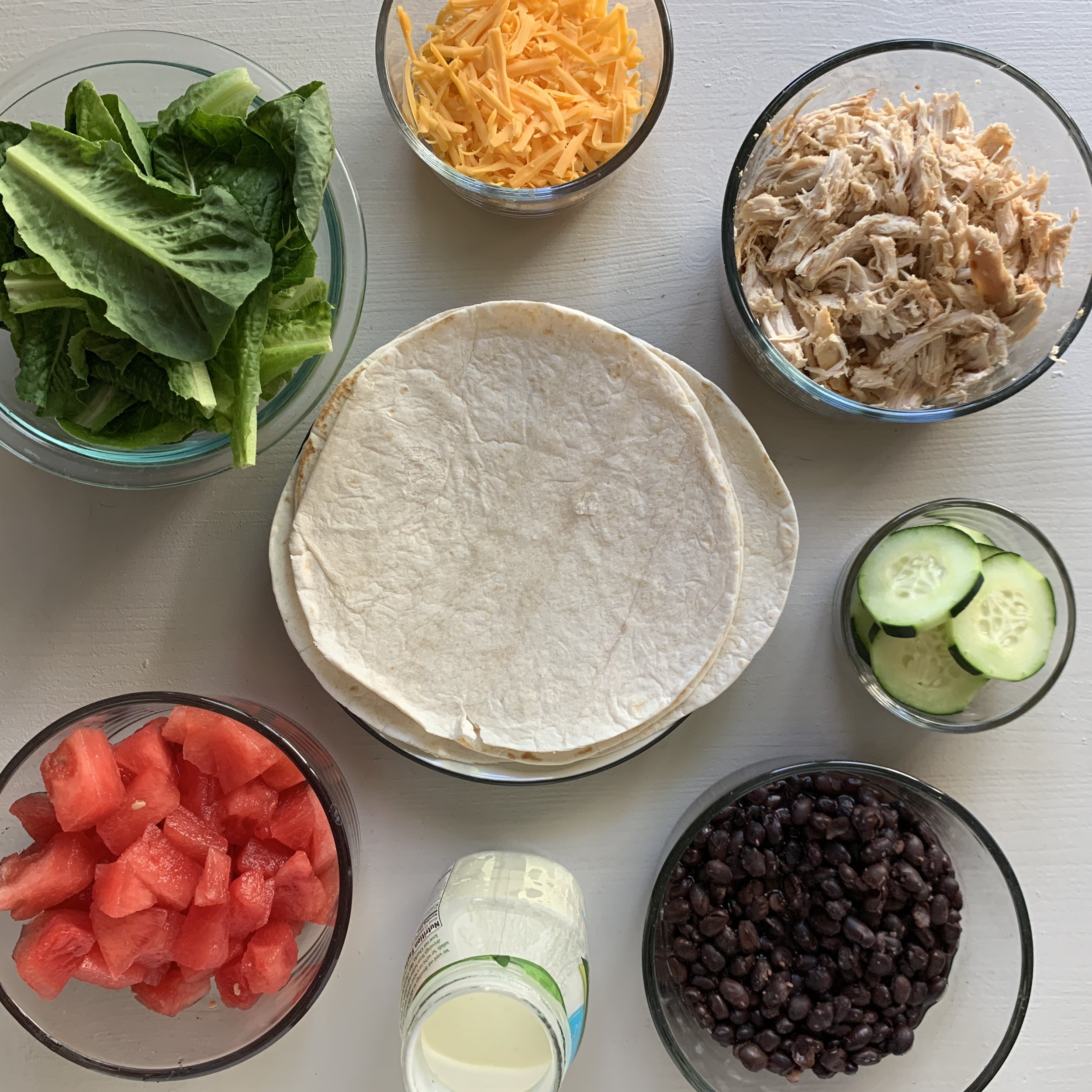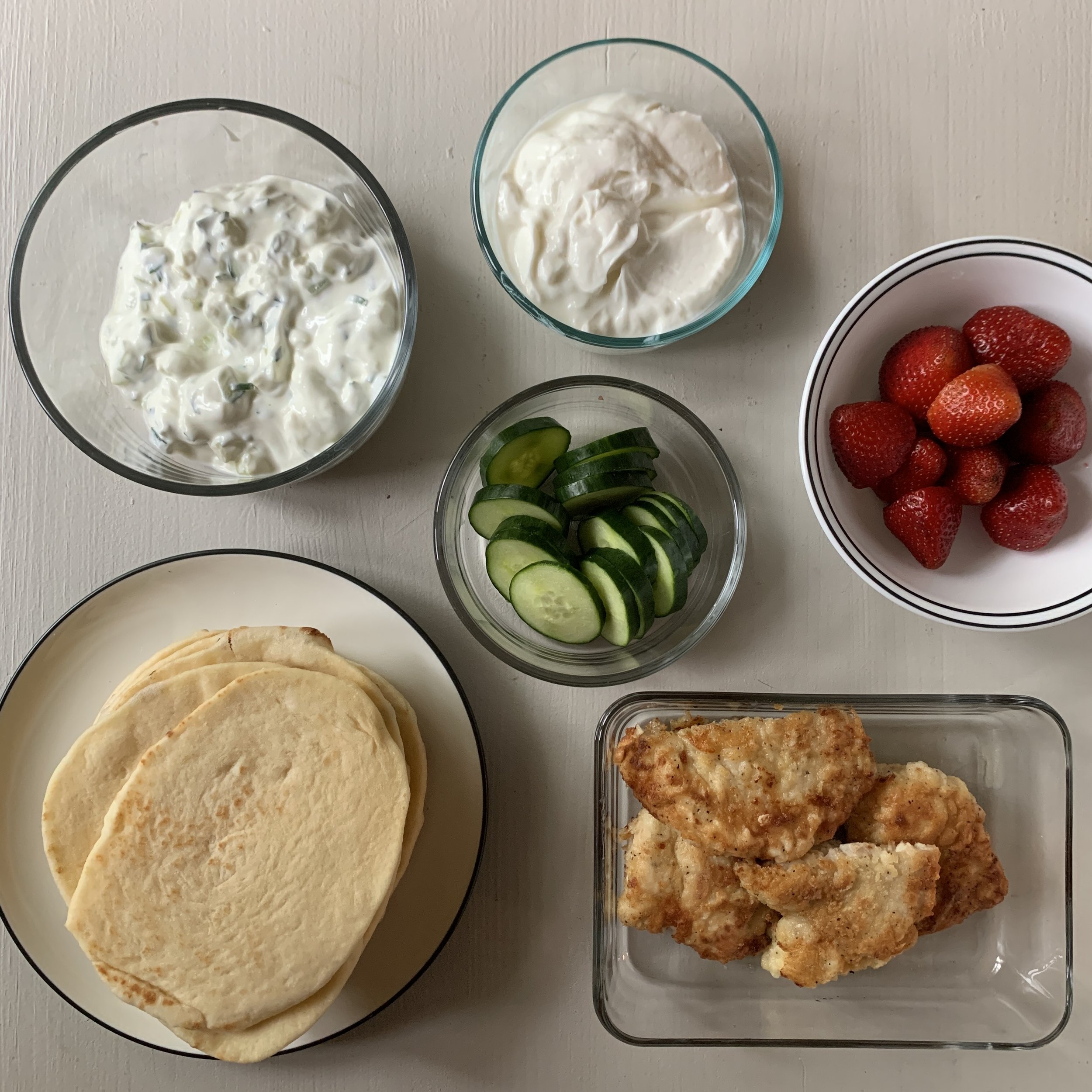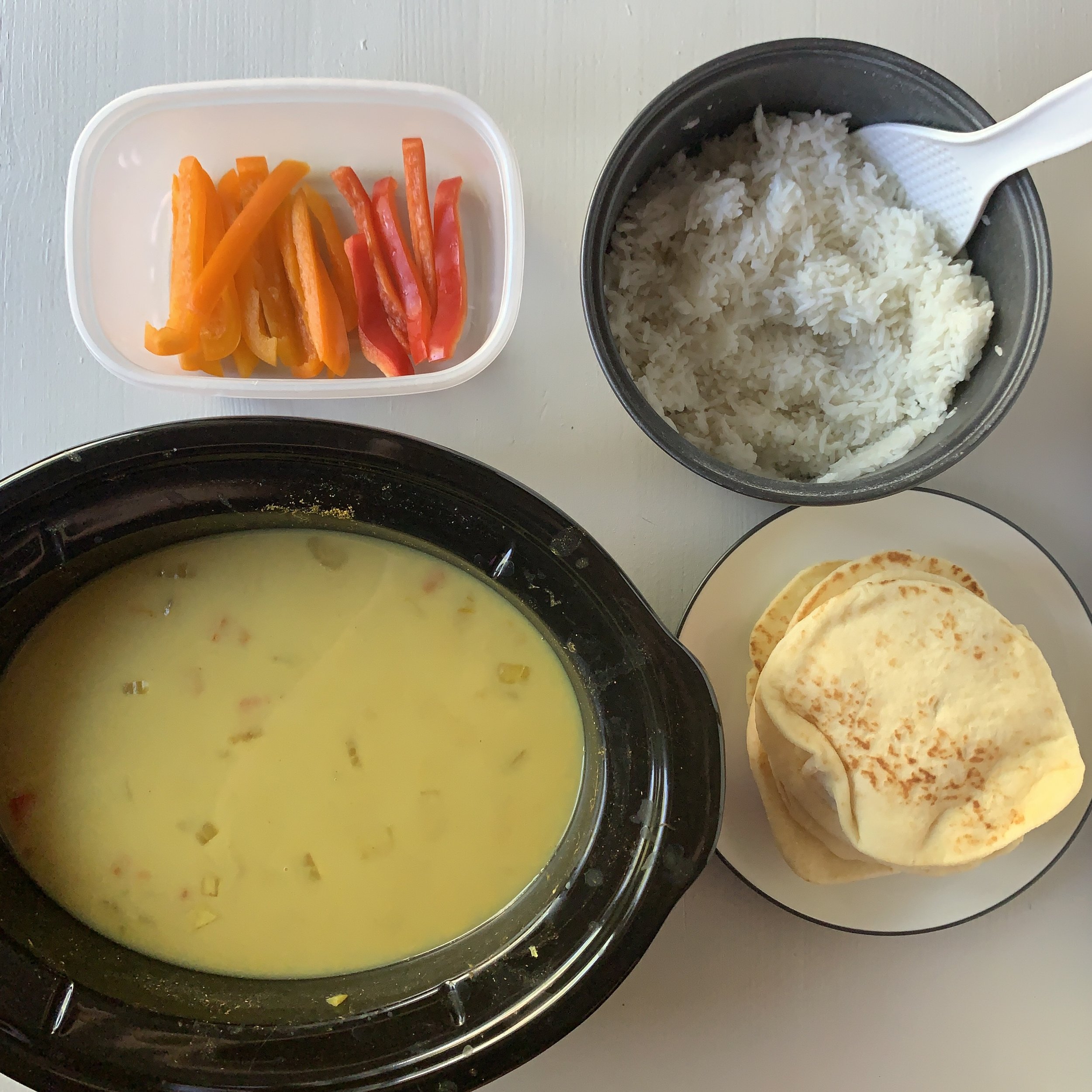Small Steps for Planning Family Meals (even with food allergies)
What’s your biggest struggle with feeding your family?
Many of the food allergy families that I work with tell me that one of their biggest challenges is finding one meal that the entire family will eat.
What about you?
Considering that it’s that time of year when New Years Resolutions are all the rage, is food or nutrition or meal planning something you have been thinking about lately?
Last year I shared that while I’m not a fan of New Years Resolutions, I am a big believer in goal setting to achieve personal growth.
One area of growth for many families (especially food allergy families) is being consistent with meal planning and making mealtime more joyful.
In fact, one of my favorite weight-inclusive wellness goals is committing to more sit-down family meals. “Family” has a fluid definition for me, ranging from a single adult to a multi-generational household.
Why family meals?
Regular, sit-down family meals provide structure to our eating habits. Structure is so important with eating habits; it can help with:
money management to purchase food
finding time to cook and eat
planning for meals and grocery shopping.
Most of us know that family meals are good for family relationships as well as children’s growth and development. There is also research that supports people who follow a regular meal pattern have better blood lipids and glucose metabolism than those who graze for food.
If you are brand new to sit-down family meals, consider starting with serving what your family eats now. Small, gradual changes tend to stick better than big, sweeping lifestyle overhauls. Getting everyone in your family used to eating together may take time. Start here before changing the type or variety of food you serve at a meal.
Be prepared that you may also need to spend time teaching kids (and other family members) what is acceptable table behavior. This includes expectations for screen time at the dinner table. Removing distractions like television and cell phones will make family time more meaningful at the table.
As you start making including more variety and different types of food in your meal plan, make sure to continue serving at least one “safe” food like bread, rice, or tortillas. This can help reduce mealtime anxiety if you have picky eaters or nervous kids. You can also pair familiar foods with new foods and let everyone pick and choose from what is on the table.
Remember, parents are in charge of the feeding and kids are in charge of how much (and whether or not) they eat the food that is served. For more about the Division of Responsibility in Feeding, check out this post I wrote last year.
Why plan meals in advance?
Family meals are a lot of work.
I get it. Trust me, I feel your pain. I have three children less than four years apart; I have seen it all at the dinner table.
To have the best chance at making family meals a regular occurrence, you need to make changes a little bit at a time. Just like with adults, too many changes at once will be extremely overwhelming for kids.
My hope is that by investing a little time and work upfront, the family meal experience will be more enjoyable for everyone, including you.
As you work through my Small Steps for Planning Family Meals, you will develop a better understanding of what type of food will work best for your family. Unlike fad diets or meal plan services, I won’t tell you WHAT to eat.
Only you can truly understand and appreciate your family’s unique combination of food preferences, budget restrictions, and nutritional needs. My intent is to help guide your decision making process with an end goal of simplifying your meal planning and grocery shopping process.
Because when you have a plan, you are more likely to commit to regular, sit-down family meals. And that plan will help you cook just one meal to feed your entire family. Even families with multiple food allergies.
Small Steps for Planning Family Meals
Step 1: Identify your pressure points
Before jumping into meal planning, take some time to identify the food-related pressure points in your life.
What does your family schedule look like? If you only have 15 minutes to assemble a meal, then you can’t plan for a 45-minute recipe.
What is your weekly food budget? If you have a weekly budget of $200, then you can’t dine out twice and plan to make prime rib.
Do you enjoy seasonal produce? If you like to shop at local Farmer’s Markets, how will you use what you buy?
What are your food-related values? This can include convenience, cultural practices, environmental impact, ethics, fairness, nutrition or health, food origin, tradition, etc.
Step 2: Choose meal categories
Identifying categories for each day of the week will help streamline your recipe search and reduce decision fatigue with meal planning.
Start by brainstorming a list of possible meal categories. What type of food does your family like to eat? How does your family eat differently based on the time of year? What protein foods do you eat most frequently? What are your favorite cooking methods? Some of my favorite meal categories include Pizza Night, Slow Cooker, and Grilling.
Review the list that you brainstormed. Keeping your pressure points in mind, narrow down to seven meal categories. Don’t forget to include categories for leftovers, dining out, and/or extended family meals.
Step 3: Assign recipes to meal categories
The next step is to assign a meal category to each day of the week. You can either designate each category to a day of the week (Monday is Category 1, Tuesday is Category 2, etc.) or choose not to assign a specific day to each category. If you like flexibility, it may be helpful to pick and choose which category goes best with your daily schedule on a week-by-week basis.
If you are a visual person, I offer a free Meal Planning Worksheet. There is space to write in your meal categories as well as space to list 3-6 meal ideas for each category.
I recommend starting with your own recipes and then filling in any holes with new ones. Just make sure to only include new meals that satisfy all of your pressure points!
You may also want to consider limiting new recipes to no more than once or twice a week. Have you ever planned for leftovers, only to have no leftovers available because no one liked the new food? Yep, my hand is raised. It’s not an experience that I recommend.
Step 4: Have a backup plan!
What will you do on the nights when your dinner plans just aren’t going to happen?
You need a backup plan!
Life happens sometimes - it is important to be flexible and willing to adapt to last-minute changes. I think every family should have a list of at least five meals that can be easily made in 5-10 minutes using items that can be regularly stocked in your pantry and freezer.
Some of my family’s favorite backup meals include Pasta with Broccoli and Garlic and Allergy-friendly Pancakes. What are your favorite quick and easy back-up meals?
Step 5: Complete your weekly meal plan
If you spent time doing the work on Steps 1-4, then Step 5 is where you see a return on your time investment in addition to reduced decision fatigue.
You can use my free Meal Planning Worksheet to map out your weekly meal plan, or check out my Family Meal Planning Workbook, available on Amazon (not an affiliate link). I use the workbook to keep all my weekly meal plans together in one location, so I can reference in the future.
Before you jump into that week’s meal planning, make note of any upcoming schedule conflicts or important events. As you work on the menu, make sure to:
Make note of any food or leftovers that need to be used up
Double check recipes and add to your grocery list as you work on each day
Go ahead and schedule when any foods need to be thawed or prepped in advance
Try to include the following at each meal:
1-2 Protein foods
2 Starchy foods (include at least one of your family’s “safe” foods)
1-3 Fruits and/or Veggies (adds variety and texture to the meal)
1+ Sauces, Spreads, and/or Desserts (adds interest and fun to the meal)
Ready to Get Started?
If you need more meal planning inspiration, scroll through some of my favorite family meal ideas in the photos below. You can also follow me on Instagram for more allergy-friendly, family meal ideas!
Resources mentioned in this post:
My Family Meal Planning Workbook (available on Amazon)
Allergy Friendly Nutrition and meal ideas on Instagram
